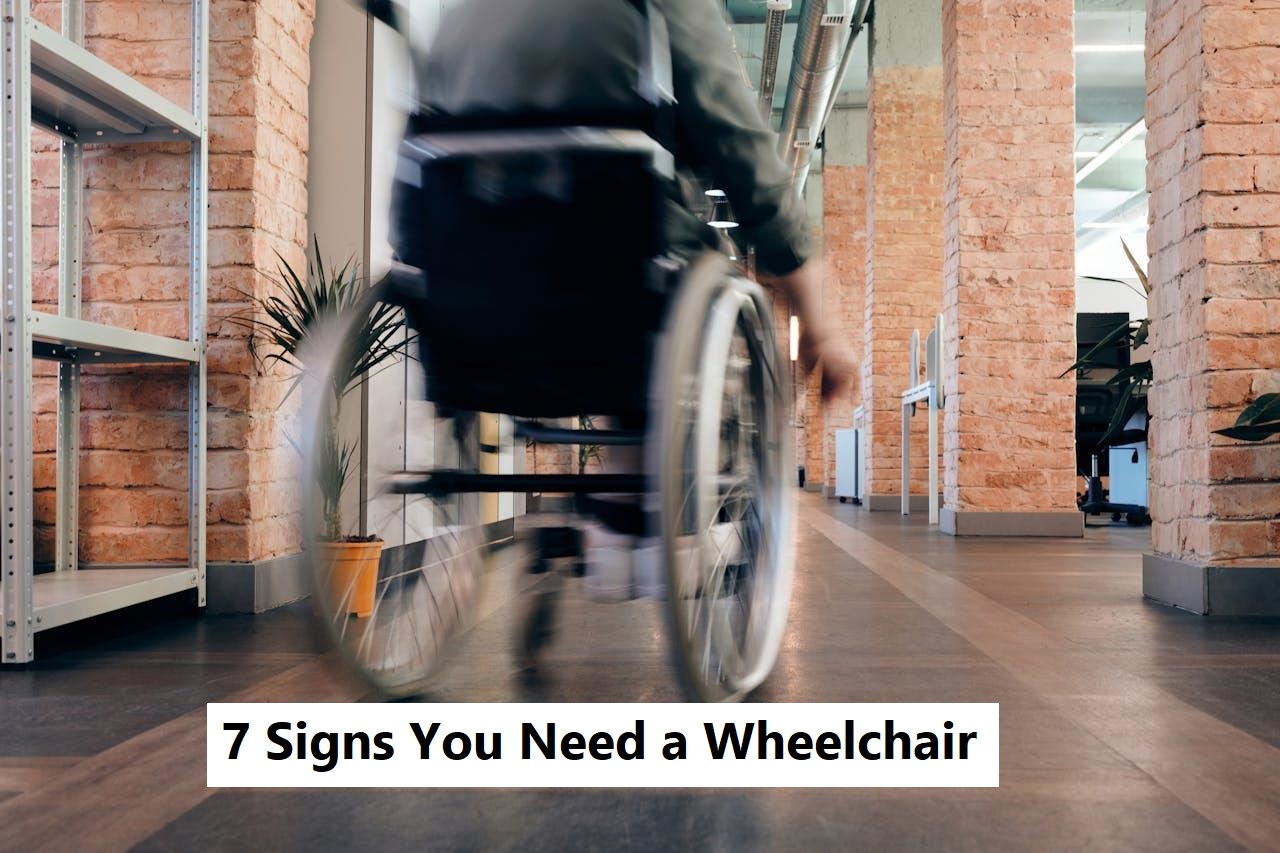7 Signs You Need a Wheelchair
Mobility is a foundational aspect of our daily lives as it helps us perform different tasks. However, depending on the age or some health issues, people may find it difficult to move around. In such cases, a wheelchair may be a great option to stay as autonomous as possible. This article reveals seven important signs that might show that a person needs a wheelchair and how to make the right decision.
Sign #1: Mobility Challenges
One of the initial signs that a wheelchair might be considered is when a person has trouble walking long distances. People who complain of exhaustion, pain, or discomfort while walking can gradually develop difficulties in preserving their independence. Stumbling or nearly tripping while walking can also be an issue. Such accidents may cause severe injuries and increase the perceived risk of moving around.
Pain or discomfort when walking or the inability to walk for long distances can be very disruptive to the normal functioning of our body. Thus, it’s important to address mobility difficulties as they arise so that people can be able to prolong their well-being.
Sign #2: Balance and Stability Issues
Poor balance and coordination are major precursors to falls and other mobility-related accidents. Those with dizziness, vertigo, or fear of falling are likely to find a wheelchair as a source of stability. These conditions may have their origins in neurological disorders, diseases of the inner ear, or simply aging.
A wheelchair provides a firm platform and decreases the likelihood of falls. In this way, balance and stability problems can be solved so you can keep your independence and perform routine tasks without worrying about falling.
Sign #3: Chronic Pain or Joint Conditions
Conditions like arthritis or osteoporosis may limit an individual’s ability to walk without pain or place weight on specific joint areas. These conditions may result in pain and stiffness. The patient is unable to move the joint as required, especially when covering short distances.
A wheelchair can help relieve the pressure on the painful and strained joints and muscles. Instead of being a burden to the body, the weight-bearing load is less, making it easier to perform daily activities.
Sign #4: Respiratory or Cardiovascular Conditions
People with certain diseases like COPD or congestive heart failure may complain of fatigue and shortness of breath. They may feel chest discomfort during exercise. Such symptoms can make it very difficult and even unsafe to walk or stand for long periods of time.
Using a wheelchair can help lessen the physical effort and energy used in moving from one place to another. You should reduce the amount of energy used to perform tasks and the stress placed on the respiratory and cardiovascular systems. With a mobility aid, you can carry out routines with less difficulty and avoid worsening your symptoms.
Read: How to Achieve a Healthy Work-Life Balance
Sign #5: Neurological Disorders
Some diseases like multiple sclerosis, Parkinson’s disease, or stroke can cause some mobility limitations. These conditions may lead to muscle weakness, spasticity, paralysis, or coordination and balance disorders. Consequently, people may have problems with walking and the risk of an accident or a fall will be high.
A wheelchair can address particular neurological disabilities since it offers support, balance, and mobility. By using a medical aid, you can continue performing your daily routines, and the disability has a minimal effect on your life.
Sign #6: Injury or Surgery Recovery
A wheelchair can be a valuable tool in case of an injury or surgery where one’s mobility is somewhat restricted in the short term. In cases of a broken bone, joint replacement, or any other surgery, the use of a wheeling chair helps avoid further injury, minimizes pressure on the injured part, and aids the healing process.
If people follow the doctor’s advice and use a wheelchair during the recovery period, they will stay safe and avoid any complications in the recovery process. A wheelchair can help to move around and stay mobile until the leg muscles are strong enough to support the body again.
Sign #7: Age-Related Mobility Decline
Some of the common effects of aging include the gradual loss of strength, endurance, and balance. These changes in age may lead to more falls and fractures, which may make performing normal activities more risky.
A wheelchair can be a practical solution because it provides stability and support to prevent falls. With the help of modifications for age-related mobility changes, people are able to stay independent and perform tasks they like without risking their well-being.
Conclusion
It is essential to know the signals that show the need for a wheelchair to ensure proper independence. Whether it is due to mobility restrictions, balance problems, chronic pain, respiratory diseases, neurological disorders, or age-related changes, a mobility vehicle can be highly beneficial for a person with different types of limitations. People should consult healthcare providers and think about these seven signs to make a decision on whether to use a wheelchair or not for themselves or their loved ones. Accepting the need to use a wheelchair can lead to better control of your body and, consequently, greater self-esteem.

